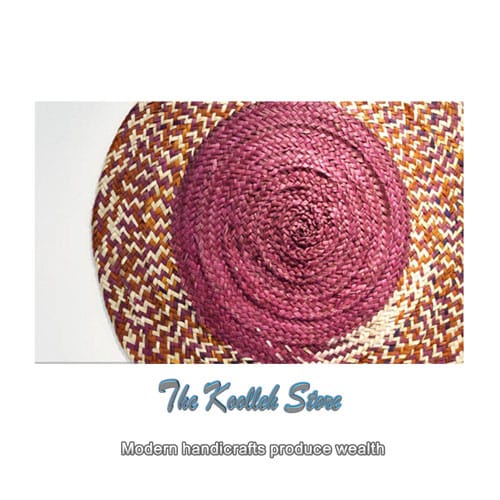Modern handicrafts produce wealth

A tourism expert says that handicrafts can be fully revitalized and exploited, and with more publicity and education and change of use, it can find its place among the people and tourists, because modern handicrafts produce wealth.
Gholamreza Khajeh stated that a part of tourism is for rich people: if rich people go to the villages and use the facilities of the villages or the villagers create programs for them and they buy from the village shops, it is not a problem and It’s even very good, because a lot of people are looking to attract rich people to the village.
Modern handicrafts produce wealth, he said. This cycle doesn’t always have to be from village to city, so we have to buy everything from the city to the village. People who are in the city should come to the village and buy handicrafts, products and shops there; Because our eco-lodges are not eco-lodges, but rural settlements that need such a market.
In my opinion, in rural areas, the economic aspect is more colorful than the cultural aspects, he said. I prioritize economics, and if this financial cycle does not turn around and that money does not reach them, the rest of the issues will be useless and will be considered a slogan, and I do not agree much with the slogan. There is money in the village that is improving the economic cycle of tourism, and I think it is also culturally enhancing the interactions.
Referring to the purpose of creating eco-tourism resorts, Khajeh said: The goal was to revive handicrafts and find their market. That is why I say that the government has succeeded in developing rural tourism; Because many of these handicrafts have been forgotten, revived, and large handicraft workshops have been established in the villages; Such as mat weaving, which, of course, has changed its use and become somewhat more modern, and has been renovated and used as a chandelier, table and decorative items. The world is like this, that is, if you can’t adapt to the world where the people of those ideas are updated, you will fail.
The tourism activist explained: If our mat weaving and handicrafts had remained in the same uses as before, they would not have been forgotten. Because newer, more modern and more economical devices have been created. That’s why they had to change their use more towards the luxury of decorative items, which fortunately happened.
He pointed out: In ecotourism, this issue became very colorful, because when tourists came to the village, they gradually learned that they had to buy from the villagers, and that’s why handicrafts in different parts of the country, including Bushehr, where we are industries. We have a hand like oysters, cloaks, mats, carpets, rugs, etc. It has a better arrangement. If it goes on like this, it will be even better. However, I have a great deal of criticism of tourism management, and I would like the industry to have an independent ministry, and perhaps better work could be done there that is directly related to cultural heritage and handicrafts.
Gholamreza Khajeh, referring to the high importance of the handicrafts industry, emphasized: In general, ecotourism resorts have helped to introduce handicrafts and find better sales, and of course, they have been revived a bit now. The handicrafts of the south are fully revitalized and exploitable, and with more publicity and education to the local community and tourists, it can be said that handicrafts can change their use and find their place among the people and tourists.

